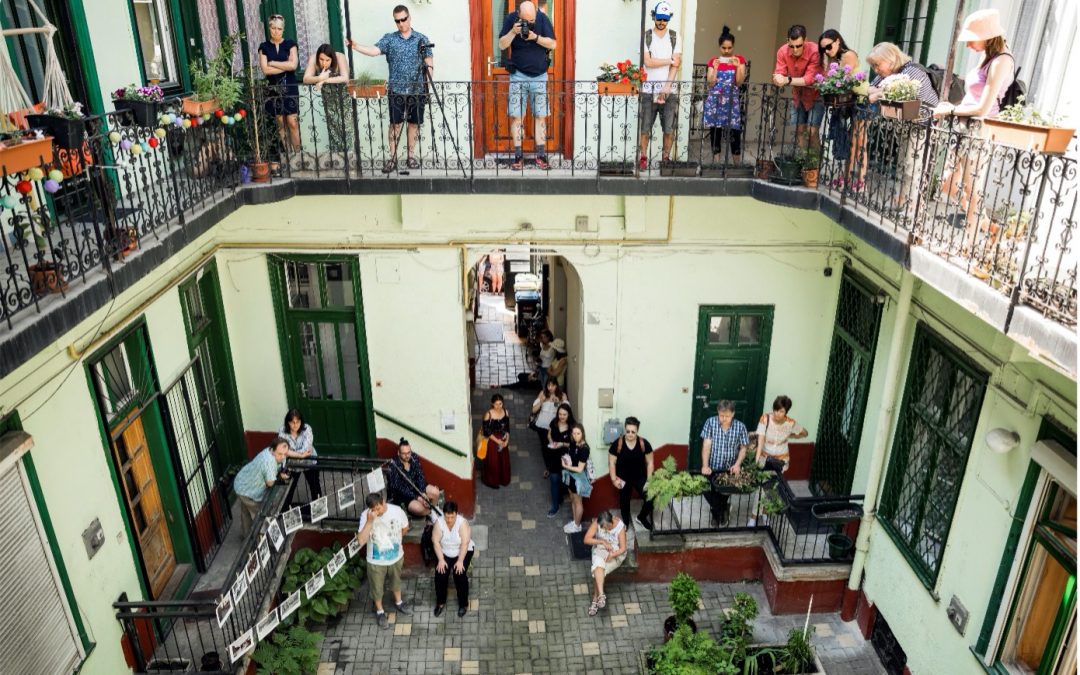
by Karma Agency | Nov 23, 2021 | Adaptive re-use of heritage buildings, Quality of interventions on cultural heritage
Den Bosch, Netherlands. Bulwark heritage centre. The city of ‘s-Hertogenbosch, in the Netherlands, innovatively restored and redeveloped a 16th-century bulwark. Combining traditional techniques with modern design and materials, the defensive feature not only...

by Karma Agency | Nov 23, 2021 | Good practices, Quality of interventions on cultural heritage
Daugavpils, Lithuania. Since 2008, the municipality of Daugavpils has been undertaking a regeneration programme in its 19th century fortress, the only military fortification of its kind in Northern Europe. The fortress is a city within the city, with...

by Karma Agency | Nov 23, 2021 | Good practices, Participatory governance of cultural heritage
Central Denmark region. The peninsula of Salling was once the manufacturing site of 80% of the Danish-produced furniture and hosted around 70 furniture factories. Today, only 14 factories are left in the region. The rural area of Salling now faces rapid...

by Karma Agency | Nov 23, 2021 | Adaptive re-use of heritage buildings, Good practices, Participatory governance of cultural heritage
Cantabria region, Spain. A 1000-year-old church is new centre for cultural life Cantabria is a small rural Spanish region with widely dispersed municipalities. It suffers from dramatic depopulation, with many inhabitants at risk of exclusion because of...

by Karma Agency | Nov 23, 2021 | Good practices, Participatory governance of cultural heritage
Budapest, Hungary. Exploring built heritage to strengthen communities. Preservation of the built heritage is one of the highest priorities in Hungary and for that, the history of heritage places needs to be made available for all. That’s how Budapest100...

by Karma Agency | Nov 22, 2021 | Adaptive re-use of heritage buildings, Good practices, Quality of interventions on cultural heritage
Blaj Cultural Palace, Romania. Modern ruins are the new playfield to re-adapt our heritage by the community. The cultural palace of Blaj, designed in 1930, suffered a devastating fire that burnt down most of the building, remaining in ruins until 2013....

by Pierre Michaux | Nov 1, 2021 | Good practices, Quality of interventions on cultural heritage
Bologna, Italy. From a parking lot to a pedestrian green space Bologna is home to the oldest university in Europe, nestled in the heart of the historic centre. The university area has long been considered a hybrid place made of disconnected open spaces...

by Pierre Michaux | Nov 1, 2021 | Good practices, Participatory governance of cultural heritage
Giants are a particular tradition in the North of France and Belgium. Animated and dressed in local costumes, giants embody the collective identity of the town. They are carried by one or more people in parades, often accompanied by the local band. Manten and Kalle,...

by Pierre Michaux | Nov 1, 2021 | Good practices, Participatory governance of cultural heritage
Vantaa, Finland. “Cultural environments” is a common term in Finland. The protection of cultural environments is even enshrined in the Finnish Constitution and other legislations. Cultural environments are the human built or human influenced...












